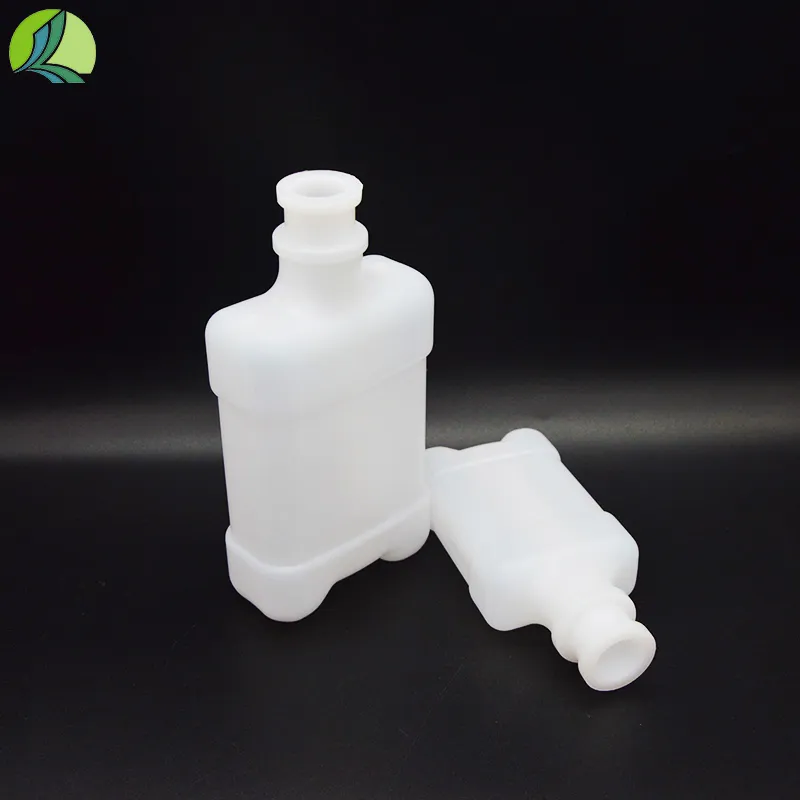Vial Containing Therapeutic Solutions for Health and Healing
The Significance of Medicinal Bottles A Study of Healing and Preservation
In the realm of medicine and healthcare, the vessel that contains life-saving substances is often taken for granted. The humble medicinal bottle, whether crafted from glass or plastic, plays an integral role in the distribution and preservation of medications. Its design, materials, and functionality reflect centuries of evolution in pharmaceutical practices and patient care. This article delves into the importance of the medicinal bottle, examining its evolution, significance, and the ongoing innovations that continue to shape the way we approach medications.
Historical Context
The concept of medicinal containers dates back to ancient civilizations. Early Egyptians employed jars made from clay to store various organic substances, including herbs and oils used for healing purposes. As time progressed, more sophisticated methods of preservation emerged. The Greeks and Romans made use of glass vessels, which not only provided a better seal against contaminants but also allowed for the visibility of the liquid within. The evolution of glass manufacturing techniques in the Middle Ages led to the emergence of specialized bottles designed specifically for the storage of medicines.
By the 19th century, with the advent of the pharmaceutical industry, the medicinal bottle became standardized in size and shape. Apothecaries began to produce their own unique bottles, often marked with seals to ensure authenticity and prevent tampering. This period also saw the introduction of labels, which provided critical information regarding the contents of the bottle—an important step in improving patient safety.
Design and Functionality
Modern medicinal bottles have been designed with meticulous attention to detail, taking into account both functionality and safety. For instance, child-resistant packaging has become a standard requirement to prevent accidental ingestion of medications by children. The design often includes features like push-and-turn caps or blister packs that make it difficult for children to open the package while remaining accessible to adults.
Additionally, the choice of materials used in the manufacturing of medicinal bottles is pivotal. Glass is often preferred for its inert nature; it does not react with the contents and provides a strong barrier against environmental factors. Plastic bottles, on the other hand, offer lightweight convenience and are easier to handle. Many pharmaceutical companies are now exploring biodegradable materials to address environmental concerns while maintaining the integrity of the medication.
bottle with medicine

The Role of Labels
Labels on medicinal bottles serve as a critical communication tool between healthcare providers and patients. They typically include essential information such as the name of the medication, dosage instructions, expiration date, and possible side effects. Clear and concise labeling can significantly minimize medication errors, ensuring that patients adhere to their prescribed regimens.
In the digital age, the evolution of augmented reality and QR codes has begun to transform how information is conveyed. Patients can now scan codes on medication bottles to access detailed information about the drug, including videos on how to administer it correctly, potential interactions with other medications, and lifestyle tips to enhance efficacy. This technology not only promotes better understanding among patients but also fosters a sense of empowerment regarding their health.
Innovations and Future Perspectives
As healthcare continues to progress, the intersection of technology and medicine heralds new possibilities for medicinal bottles. Smart bottles equipped with sensors can monitor medication intake, reminding patients when it's time to take their medications. This development is particularly useful for individuals managing chronic illnesses, where strict adherence to medication schedules is crucial.
Sustainability is another area where innovation is making strides. With increasing awareness of environmental issues, pharmaceutical companies are investing in packaging solutions that minimize waste. Refillable bottles and programs encouraging the return of used containers for recycling are gaining traction, promoting a circular economy that benefits both health and the environment.
Conclusion
The medicinal bottle may appear to be a simple object, yet it encapsulates a wealth of history, innovation, and significance in the field of healthcare. As we move forward, the role of the medicinal bottle will undoubtedly continue to evolve, driven by technological advancements and a growing emphasis on patient safety and environmental sustainability. By appreciating the craftsmanship behind these vessels, we can recognize their crucial role in the broader spectrum of medicine—preserving not only the integrity of treatments but also the well-being of patients around the globe.
-
Aesthetic Makeup Spray Bottles | Fine Mist Empty RefillableNewsAug.19,2025
-
White Plastic Veterinary Vaccine Vials | Lab Liquid BottlesNewsAug.18,2025
-
Plastic Medicine Liquid Bottle: Secure Flip Top Drug VialsNewsAug.17,2025
-
Durable 250ml Blue Plastic Vaccine Vial for Lab & Vet UseNewsAug.16,2025
-
Sterile Virus Sample Tubes: Secure & Reliable Specimen CollectionNewsAug.15,2025
-
White 250ml Plastic Vaccine Vial for Lab & Vet MedicineNewsAug.14,2025
























